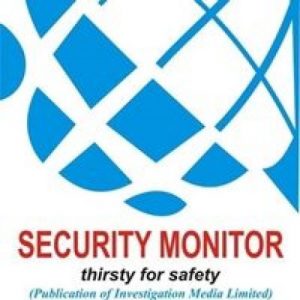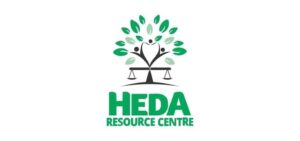5.6 Million Children Risk Waterborne Disease in Nigeria, Cameroun, Others
No fewer than 5.6 million children in Lake Chad region, including Nigeria, are at a risk of contracting waterborne diseases.
The United Nations Children Fund (UNICEF) said the children are in the conflict-hit region.
UNICEF said in a statement that children in Cameroon, Chad, Niger and Nigeria were facing the disease threat as the rainy season begins.
Many of the vulnerable children have been displaced by insecurity, it said.
UNICEF said that flooding and muddy roads were expected to severely limit humanitarian access to remote areas for several weeks, just as the needs of families rose sharply because of heightened insecurity across the region.
“The rains will further complicate what is already a dire humanitarian situation, as millions of children made vulnerable by conflict are now facing the potential spread of diseases,” UNICEF’s Regional Director for West and Central Africa Marie Pierre Poirier, said in the statement.
“Unsafe water, inadequate sanitation and poor hygiene conditions can lead to cholera outbreaks and to hepatitis E, a deadly disease for pregnant women and their babies, while standing water pools can attract malaria-carrying mosquitos. Staving off disease is our top priority.”
According to the UN children’s agency, security concerns have made it difficult to preposition supplies in Nigeria ahead of the rains and the availability of clean water for large numbers of people returning from Cameroon was another concern.
In Niger’s Diffa region that hosts about 250,000 displaced Nigeriens and Nigerian refugees; “living in makeshift shelters”, an outbreak of hepatitis E has killed at least 33 pregnant women so far this year, according to Medecins Sans Frontieres (MSF).
The Boko Haram insurgency, famine, climate change and poor governance have collided to create one of the world’s worst humanitarian crises, affecting over 20 million people across Cameroon, Chad, Niger and Nigeria.
According to UNICEF, the 5.6 million children in need in the four countries were in varied living conditions from host communities to camps for the internally displaced and refugees.
The children are at risk of cholera outbreaks








